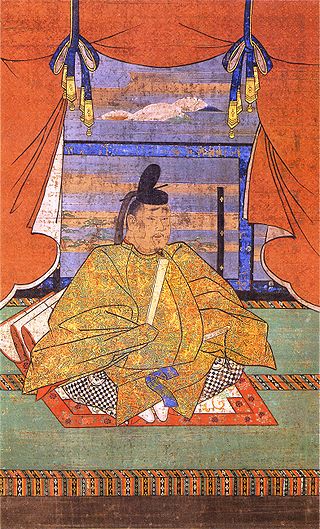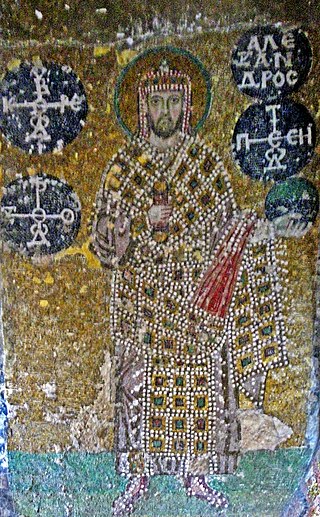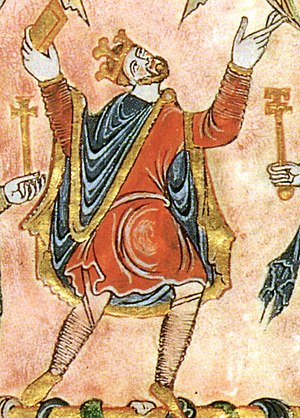The 760s decade ran from January 1, 760, to December 31, 769.

Year 842 (DCCCXLII) was a common year starting on Sunday of the Julian calendar, the 842nd year of the Common Era (CE) and Anno Domini (AD) designations, the 842nd year of the 1st millennium, the 42nd year of the 9th century, and the 3rd year of the 840s decade.
The 910s decade ran from January 1, 910, to December 31, 919.
The 930s decade ran from January 1, 930, to December 31, 939.
The 940s decade ran from January 1, 940, to December 31, 949.
The 950s decade ran from January 1, 950, to December 31, 959.
The 960s decade ran from January 1, 960, to December 31, 969.
The 970s decade ran from January 1, 970, to December 31, 979.
The 980s decade ran from January 1, 980, to December 31, 989.
The 990s decade ran from January 1, 990, to December 31, 999.

Year 967 (CMLXVII) was a common year starting on Tuesday of the Julian calendar.

Year 979 (CMLXXIX) was a common year starting on Wednesday of the Julian calendar. It was the 979th year of the Common Era and the Anno Domini designation, the 979th year of the 1st millennium, the 79th year of the 10th century, and the 10th and last year of the 970s decade.

Year 961 (CMLXI) was a common year starting on Tuesday of the Julian calendar.

Year 976 (CMLXXVI) was a leap year starting on Saturday of the Julian calendar.

Year 978 (CMLXXVIII) was a common year starting on Tuesday of the Julian calendar.

Year 912 (CMXII) was a leap year starting on Wednesday of the Julian calendar.

Pietro II Orseolo (961−1009) was the Doge of Venice from 991 to 1009, and a member of the House of Orseolo. He began the period of eastern expansion of Venice that lasted for the better part of 500 years. He secured his influence in the Dalmatian Romanized settlements from the Croats and Narentines, freed Venetia from a 50-year-old taxation to the latter, and started Venetia's expansions by conquering the islands of Lastovo (Lagosta) and Korčula (Curzola) and acquiring Dubrovnik (Ragusa).

Otto Orseolo was the Doge of Venice from 1008 to 1026. He was the third son of Doge Pietro II of the House of Orseolo, and Maria Candiano, whom he succeeded at the age of sixteen, becoming the youngest doge in Venetian history.
The 1020s was a decade of the Julian Calendar which began on January 1, 1020, and ended on December 31, 1029.
This article presents a detailed timeline of the history of the Republic of Venice from its legendary foundation to its collapse under the efforts of Napoleon.








